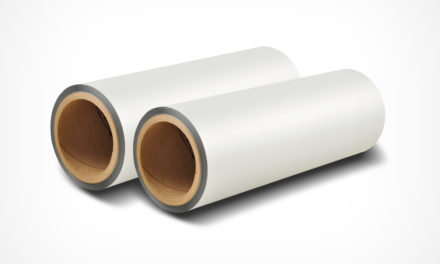Once you understand that the pitch and holes of the binding process work together in a collaborative effort, determining the perfect pitch becomes a far simpler task.
Pitch ratios are generally displayed as 2:1, 3:1, 4:1, etc. These ratios can be described as the compatibility of a wire or coil, with the pattern of holes punched into the paper using the binding machine.
For example, a 2:1 pitch is the number of holes, 2, paired with the number of inches available in your sheet, 1. In other words, a 2:1 ratio states that the binding machine can punch in two holes for every inch available in the sheet or spine of your book.
It’s important to measure which coil or wire pitch you’ll need, based upon the punched sheets created by your binding machine. To do this, simply line up a ruler against the hole-punched side of your sheet or cover. Using a pencil, mark the upper and lower edges of the item at one inch from either end of the spine. Then, merely count the number of holes that can be comfortably punched between these two lines. This exercise should give you accurate measurements for a perfect binding, every time.
If your pitches don’t match, the process should be completed again to verify your pitch ratio. After all, a 3:1 pitch won’t fit into a 4:1 wire binding machine, and vice versa. Therefore, it’s imperative that the perfect pitch be mapped out so your binding rests neatly within the holes of your sheets or book cover.





